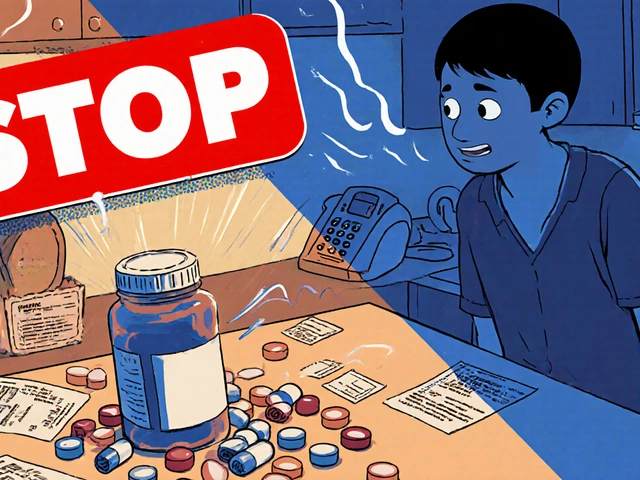Bone Health: Practical Tips to Build Stronger Bones
Bones keep you upright, active, and independent. A surprising fact: you lose up to 1% of bone mass each year after age 40 unless you take steps to stop it. That’s why small, daily choices matter. Here are clear, practical habits you can start today to protect and strengthen your bones.
Top habits for stronger bones
Get enough calcium. Adults usually need about 1,000–1,200 mg daily from food or supplements. Good food sources are dairy, canned sardines, tofu, and leafy greens like bok choy. If you don’t eat these regularly, a supplement can help—ask your doctor which dose fits you.
Optimize vitamin D. Vitamin D helps your body absorb calcium. Aim for sensible sun exposure and vitamin D‑rich foods like fatty fish and fortified milk. Many people need a daily supplement in winter or if they spend most time indoors; common doses range from 800–2,000 IU depending on your levels.
Do weight-bearing and resistance exercises. Walking, hiking, dancing, and jogging place stress on bones and stimulate strength. Add two sessions a week of resistance work—bodyweight moves, bands, or light weights—to keep muscle and bone connected. Consistency beats intensity: 30 minutes most days is better than one long session a week.
Cut smoking and limit alcohol. Smoking speeds bone loss and slows healing. Heavy drinking raises fracture risk. Aim to keep alcohol moderate—no more than one drink daily for women and two for men—and quit smoking if you can.
Practical checks, supplements, and when to get help
Talk to your doctor about bone density testing if you're over 65, postmenopausal, or have risk factors like long-term steroid use, low body weight, or a family history of hip fracture. A DEXA scan measures bone density and helps decide treatments.
Be cautious with supplements. Calcium pills can help, but too much at once may cause side effects. Split doses and check interactions—some antibiotics and heart medicines can react with calcium. Quality matters: choose reputable brands and follow medical advice.
Consider prescription options if you have osteoporosis. Drugs like bisphosphonates or other newer treatments can lower fracture risk significantly. These are decisions to make with your clinician based on tests, medical history, and personal goals.
Fall-proof your home. Most serious fractures come from falls. Remove loose rugs, add night lights, secure handrails, and wear shoes with good grip. For older adults, balance training and vision checks reduce fall risk.
Small changes add up. Swap soda for milk, walk 20 minutes after lunch, add a twice-weekly strength session, or ask for a DEXA referral. These steps make bones stronger and keep you moving for years to come.
Hypophosphatemia, or low phosphate levels, can mess with your bones in surprising ways. This article unpacks how phosphate keeps bones strong, what puts you at risk for deficiency, and what real steps you can take to dodge trouble. Practical prevention strategies and expert-backed facts shed light on staying healthy. Understand how food, lifestyle, and smart choices make all the difference. Read on for a complete, easy-to-follow guide on hypophosphatemia and your bones.
View Details

